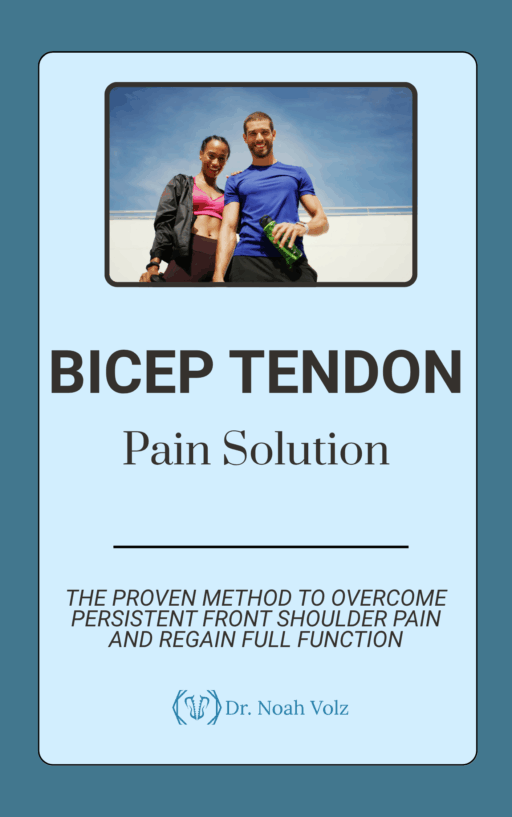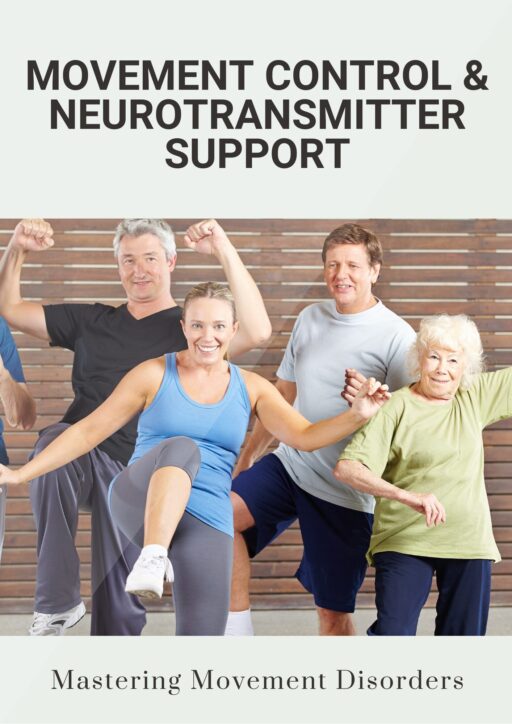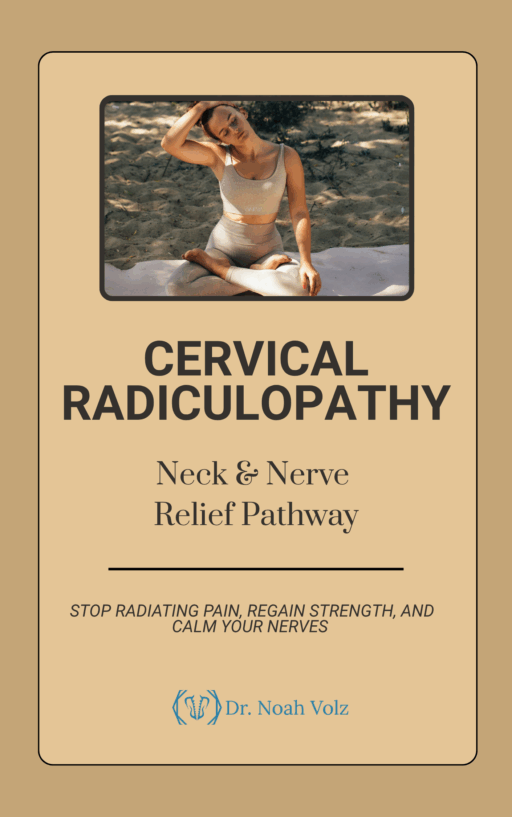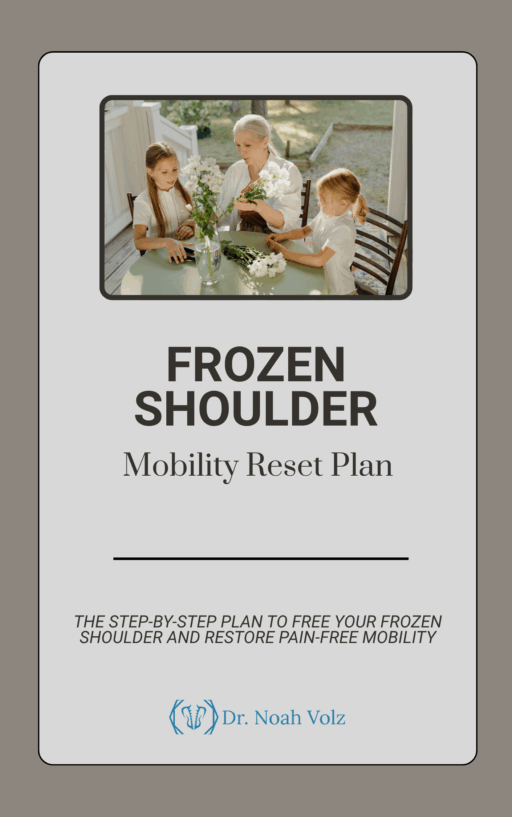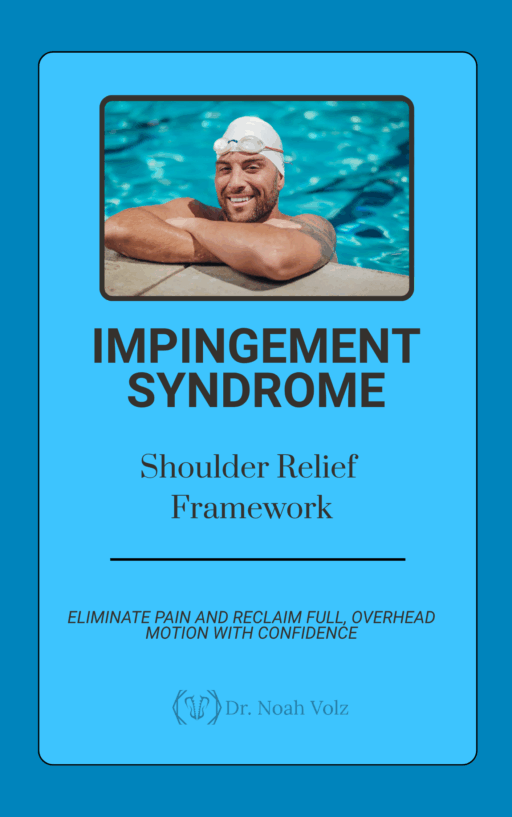Have you ever felt a shooting pain or numbness down your arm? Or maybe weakness in your hand that makes it hard to grip things? These could be signs of a brachial plexus injury. As a chiropractor in Ashland, OR, I’ve helped many patients with this challenging condition. In this post, we’ll explore what a brachial plexus injury is, how to spot it, and what you can do to feel better.
What is the Brachial Plexus?
The brachial plexus is a network of nerves that runs from your neck down to your arm. Think of it like a bunch of electrical wires that carry messages between your brain and your arm, hand, and shoulder. When these nerves get hurt or stretched, it can cause all sorts of problems.
Common Symptoms of Brachial Plexus Injuries
Brachial plexus injuries can cause different symptoms depending on which nerves are affected. Some common signs include:
1. Pain in your shoulder, arm, or hand
2. Numbness or tingling in your arm or fingers
3. Weakness in your arm, making it hard to lift things or grip objects
4. A feeling of heaviness in your arm
5. Loss of feeling in parts of your arm or hand
If you’re experiencing any of these symptoms, it’s important to see a healthcare provider for a proper diagnosis.
How Do Brachial Plexus Injuries Happen?
There are several ways you can injure your brachial plexus:
1. Sports injuries, especially in contact sports like football or boxing
2. Car accidents or falls that stretch your neck and shoulder
3. Birth injuries in babies during difficult deliveries
4. Compression from tight muscles or other structures in your neck and shoulder
Sometimes, the injury is mild and heals on its own. Other times, it can be more serious and need special treatment.
Diagnosing Brachial Plexus Injuries
When you come to see me at my chiropractic office in Ashland, OR, I’ll start by asking about your symptoms and how the injury happened. Then, I’ll do a physical exam to check your strength, feeling, and reflexes in your arm and hand.
Some tests I might do include:
1. Tinel’s test: Tapping over the brachial plexus to see if it causes tingling
2. Upper Limb Tension Test: Carefully moving your arm in different positions to see if it causes symptoms
3. Checking your neck movements to see if they affect your symptoms
In some cases, we might need more tests like X-rays, MRI, or nerve conduction studies to get a better look at what’s going on.
Treatment Options for Brachial Plexus Injuries
The good news is that many brachial plexus injuries can get better with the right treatment. Here are some options we might consider:
1. Gentle Chiropractic Care
As a chiropractor, I can use gentle techniques to help relieve pressure on the nerves in your neck and shoulder. This might include soft tissue work on tight muscles, careful adjustments to improve joint movement, and exercises to strengthen the area.
2. Nerve Flossing Exercises
These are special movements that help the nerves in your arm move more freely. We start very gently and slowly increase the intensity as you heal.
3. Posture and Ergonomic Advice
Sometimes, poor posture or repetitive movements can make brachial plexus problems worse. I can give you tips on how to set up your workspace and move in ways that don’t irritate your nerves.
4. Strengthening Exercises
As you start to feel better, we’ll work on exercises to strengthen the muscles around your shoulder blade and improve your overall posture. This helps protect your nerves from future injury.
5. Breathing Exercises
Believe it or not, how you breathe can affect the nerves in your neck and shoulder. I might teach you some special breathing techniques to help relax the area and promote healing.
6. Patience and Time
Healing from a brachial plexus injury can take time. It’s important to be patient and consistent with your treatment plan. Most people see improvement within a few weeks to a few months, depending on how severe the injury is.
When to Consider More Advanced Treatment
In some cases, brachial plexus injuries might need more advanced treatment. If you’re not seeing improvement after a few weeks of conservative care, or if you have severe weakness or loss of feeling, your doctor might recommend:
1. Steroid injections to reduce inflammation around the nerves
2. Physical therapy for more intensive rehabilitation
3. In rare cases, surgery to repair damaged nerves
The Importance of Early Treatment
The sooner you start treatment for a brachial plexus injury, the better your chances of a full recovery. If you’re experiencing arm pain, numbness, or weakness, don’t wait to get it checked out. Early diagnosis and treatment can help prevent long-term problems and get you back to your normal activities faster.
Living with a Brachial Plexus Injury
While you’re recovering from a brachial plexus injury, there are things you can do at home to help:
1. Rest your arm when it’s bothering you, but don’t keep it still all the time
2. Use good posture when sitting and standing
3. Avoid activities that make your symptoms worse
4. Apply ice or heat to sore areas (your doctor can advise which is best for you)
5. Do your prescribed exercises regularly
6. Be patient with yourself – healing takes time
Preventing Future Brachial Plexus Injuries
Once you’ve recovered, you’ll want to avoid re-injuring your brachial plexus. Here are some tips:
1. Warm up properly before sports or exercise
2. Use good form when lifting weights or doing repetitive arm movements
3. Take breaks during activities that involve a lot of arm use
4. Keep your neck and shoulder muscles strong and flexible with regular exercise
5. Use proper safety equipment in sports and at work
The Bottom Line
Brachial plexus injuries can be painful and frustrating, but with the right care, most people recover well. As a chiropractor in Ashland, OR, I’m here to help guide you through the healing process. Remember, every person’s injury is unique, so it’s important to get a proper diagnosis and personalized treatment plan.
If you’re dealing with arm pain, numbness, or weakness, don’t ignore it. The sooner you address a potential brachial plexus injury, the better your chances of a quick and full recovery. With patience, the right treatment, and a positive attitude, you can overcome this challenge and get back to doing the things you love.
-

Bicep Tendon Pain Solution
$50.00 -

Brain Detoxification & Recovery System
$50.00 -

Brain Energy and Endurance Support System
$50.00 -

Brain-Based Movement and Motor Control Training
$50.00 -

Centralized Low Back Pain
$50.00 -

Cervical Radiculopathy: Neck and Nerve Relief Pathway
$50.00 -

Complex Low Back Pain
$50.00 -

Complex Radiating Low Back Pain
$50.00 -

Cross-Pattern Low Back Pain
$50.00 -

Frozen Shoulder Mobility Reset Plan
$50.00 -

Impingement Syndrome: Shoulder Relief Framework
$50.00 -

Mastering Brain Senses: Rebuild Your Hearing, Vision, and Body Awareness
$50.00


